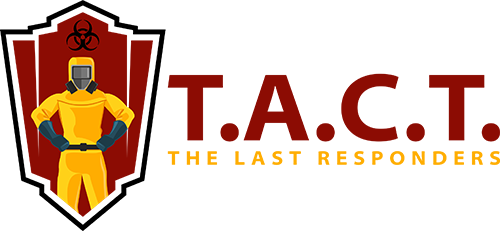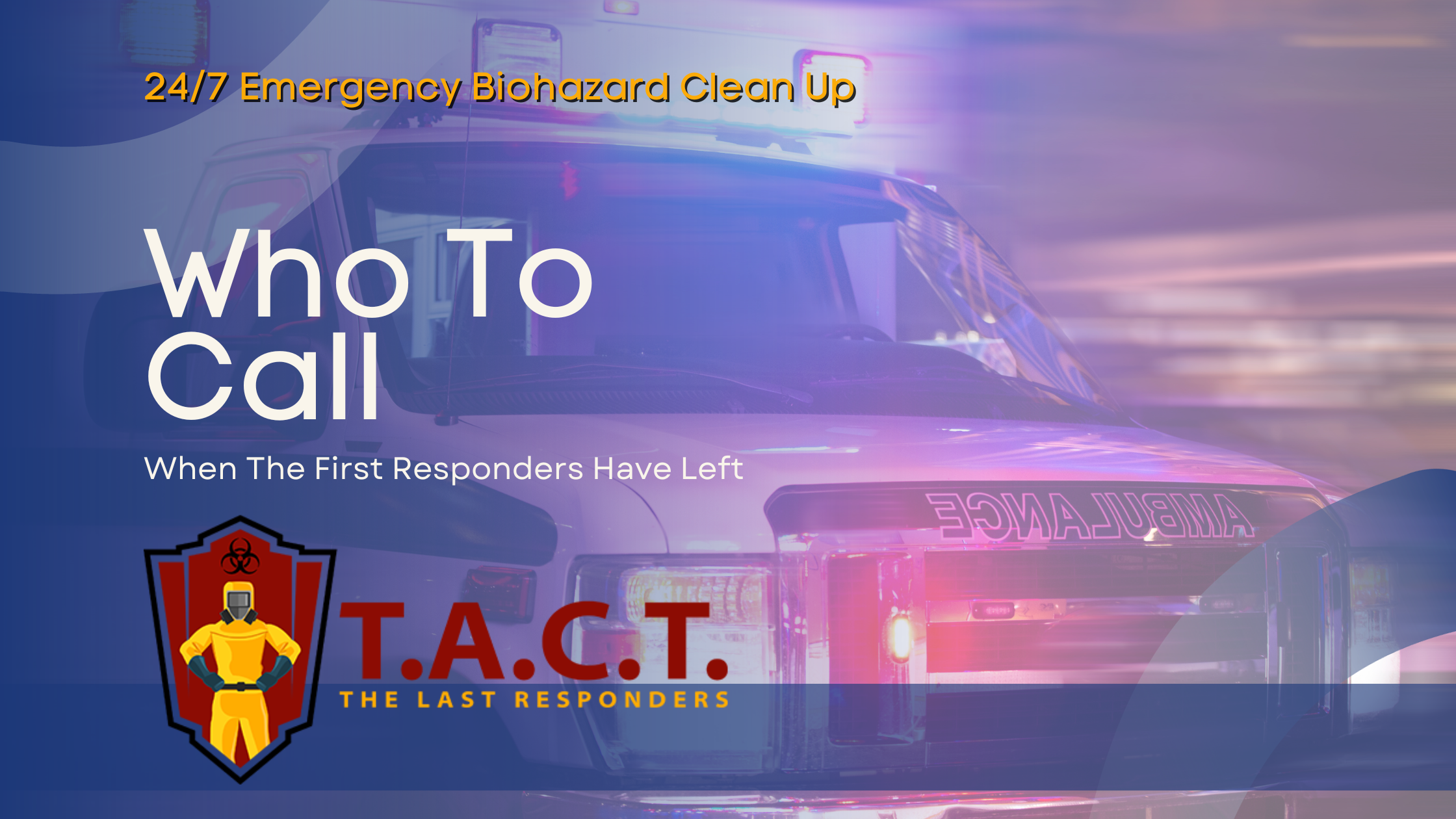Who to Call to Inspect Mold and Prevent Damage
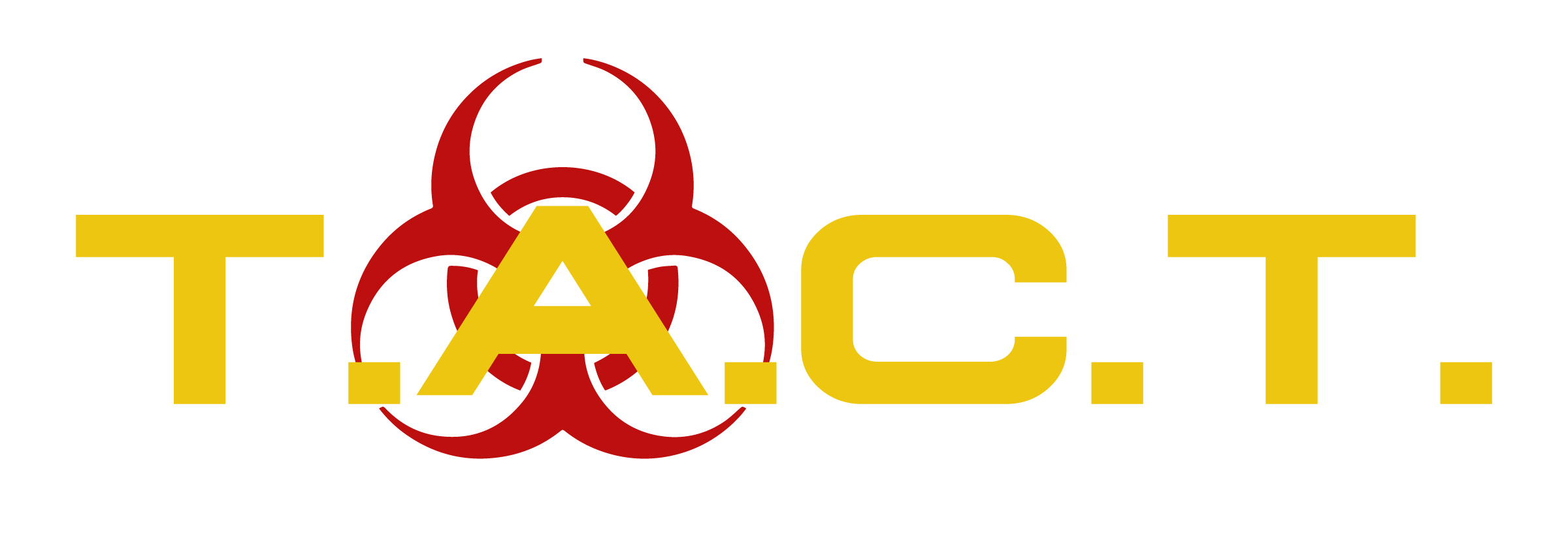
Who to Call to Inspect Mold: Finding the Right Professionals Near You
Mold—it's not just an unsightly nuisance in your home. It can pose serious health risks, cause property damage, and quickly become overwhelming if left unchecked. Whether you're dealing with visible spots of mold or suspect it’s hiding behind the walls, knowing when and who to call for a mold inspection can save you time, money, and stress.
This guide will walk you through everything you need to know about mold inspections, from understanding the risks mold poses to identifying qualified inspectors and preventing future mold problems. By the end, you’ll have the tools you need to make informed decisions and protect your home and health.
Understanding Mold and Its Risks
Mold is a type of fungus that thrives in moist and humid environments. It spreads through microscopic spores that float in the air, both indoors and outdoors, making it difficult to completely avoid. However, mold itself only grows where moisture is present, such as in bathrooms, kitchens, and damp basements.
Health Risks of Mold Exposure
Exposure to mold can trigger a variety of health issues, including:
Nasal congestion and wheezing
Puffy, red, or itchy eyes
Skin irritation
Severe allergic reactions for individuals with mold allergies
For immune-compromised individuals or those with chronic lung conditions, mold exposure can lead to serious lung infections. This is why addressing mold issues promptly and effectively is crucial.
When to Inspect for Mold
Not all mold growth is visible, making it tricky to decide when it’s time to call in a professional. Here are some guidelines to help you determine if a mold inspection is necessary:
Visible Mold Growth: If you can see mold, it’s already growing and releasing additional spores into the air.
Unexplained Odors: A musty smell in humid areas or near air ducts can be a sign of hidden mold.
High Humidity or Moisture: Rooms with persistent moisture, condensation, or past water damage are prime areas for mold growth.
Health Issues: If you or a family member experience unexplained allergic reactions, it’s worth considering a mold inspection.
Even if you can’t see mold, areas such as beneath carpets, inside air ducts, and between walls could harbor hidden growth. A professional mold inspection can confirm its presence and extent.
The Mold Inspection Process
What Does a Mold Inspection Include?
A mold inspection is primarily a visual assessment conducted by a trained professional. However, it goes beyond just identifying visible spots of mold:
Visual Inspection
The inspector reviews all accessible areas of your property, including basements, attics, bathrooms, and kitchens. They’ll often use flashlights and moisture meters to inspect hard-to-see spots.
Consultation with the Property Owner
The inspector will ask about any history of water damage or moisture issues. This information helps them pinpoint areas that are likely to harbor mold.
Locating the Source of Moisture
Mold requires moisture to grow. Inspectors will identify and address the root cause, such as leaks, poor ventilation, or high humidity.
Recommendations for Remediation
If mold is detected, the inspector will develop a detailed remediation plan. This includes removing the mold, eliminating the moisture source, and repairing affected areas.
What to Expect from a Mold Inspector
Not all mold inspection services are created equal. To ensure a thorough and reliable assessment, look for the following qualities in a mold inspector:
Training & Certification
Verify that the inspector is certified by a reputable organization, such as the National Association of Mold Remediators and Inspectors (NAMRI).
Experience
Make sure they specialize in mold inspections and have experience with similar properties.
Written Report & Recommendations
A trustworthy inspector will provide a detailed report covering their findings and a step-by-step plan for addressing the mold problem.
Pricing Transparency
Always get multiple estimates to compare costs. While cheaper options might seem appealing, ensure the inspector’s credentials justify their fee.
Finding a Qualified Mold Inspector
Choosing the right professional can make all the difference in addressing mold effectively. Here are tips for finding an expert near you:
Ask for Referrals
Friends, family, or neighbors may have recommendations based on their experiences with local inspectors.
Read Online Reviews
Check platforms like Yelp, Google Reviews, or industry-specific sites for feedback on potential contractors.
Check Credentials & Equipment
Make sure the inspector has the proper certification and uses advanced tools like moisture meters, infrared cameras, and air quality testing kits.
Beware of Free Inspections
While some companies offer "free" inspections, this may be a marketing tactic to sell remediation services. Look for unbiased professionals dedicated solely to inspections.
Preventing Future Mold Growth
Once mold is dealt with, prevention is key to avoid its return. Implement these measures to keep your home mold-free:
Fix Moisture Problems
Address any leaks, condensation, or rising dampness immediately.
Improve Ventilation
Use exhaust fans in bathrooms and kitchens, and consider a dehumidifier in damp areas.
Regular Inspections
Periodically check high-risk areas like basements, windowsills, and HVAC systems for signs of mold.
Control Air Quality
Use air purifiers with HEPA filters to capture mold spores lingering in the air.
Mold Inspection Costs and Factors
The cost of a mold inspection varies depending on multiple factors, such as the size of your property and your location. Here’s a general breakdown:
Small to Medium-Sized Homes
$300–$400 on average
Larger Homes
$700–$900 due to the extra time and effort required.
Free Inspections
Be cautious of offers that sound too good to be true. Free inspections may come with strings attached, such as pressure to hire the inspector for remediation services.
Investing in a professional mold inspection can save you thousands in potential remediation costs.
What to Do After a Mold Inspection
If mold is confirmed, the next steps should focus on remediation. Here’s how you can proceed:
Follow the Plan
Work with the inspector to address the root cause of the mold and outline a cleaning or replacement plan.
DIY vs. Professional Help
Small mold problems can sometimes be handled yourself with the right cleaning products. For larger or toxic mold issues, always hire a professional contractor.
Keep Monitoring
Even after remediation, continue to inspect your home for moisture or mold to ensure the problem doesn’t recur.
Take Control of Mold Before It Controls You
Finding mold in your home can feel overwhelming, but with the right knowledge and professionals by your side, you can tackle the issue effectively. Whether it’s scheduling a professional inspection or implementing preventative measures, prioritizing mold control is essential for your health and home.
For more information on professional inspections and remediation, consider contacting your local mold inspection company or trusted experts certified in your area. Protect your home and breathe easier today.
Latest news
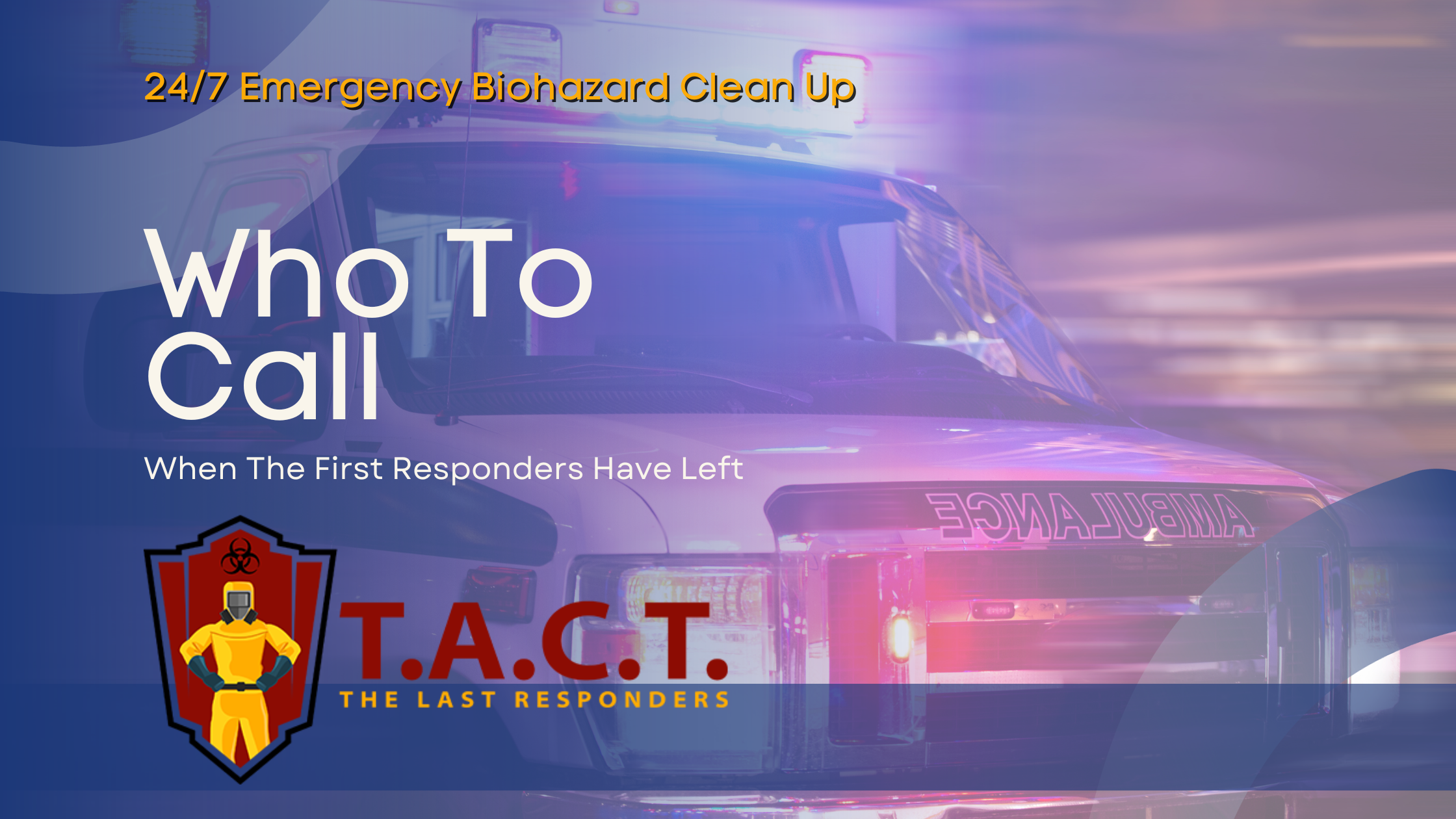
Bio Cleaning Services
Read More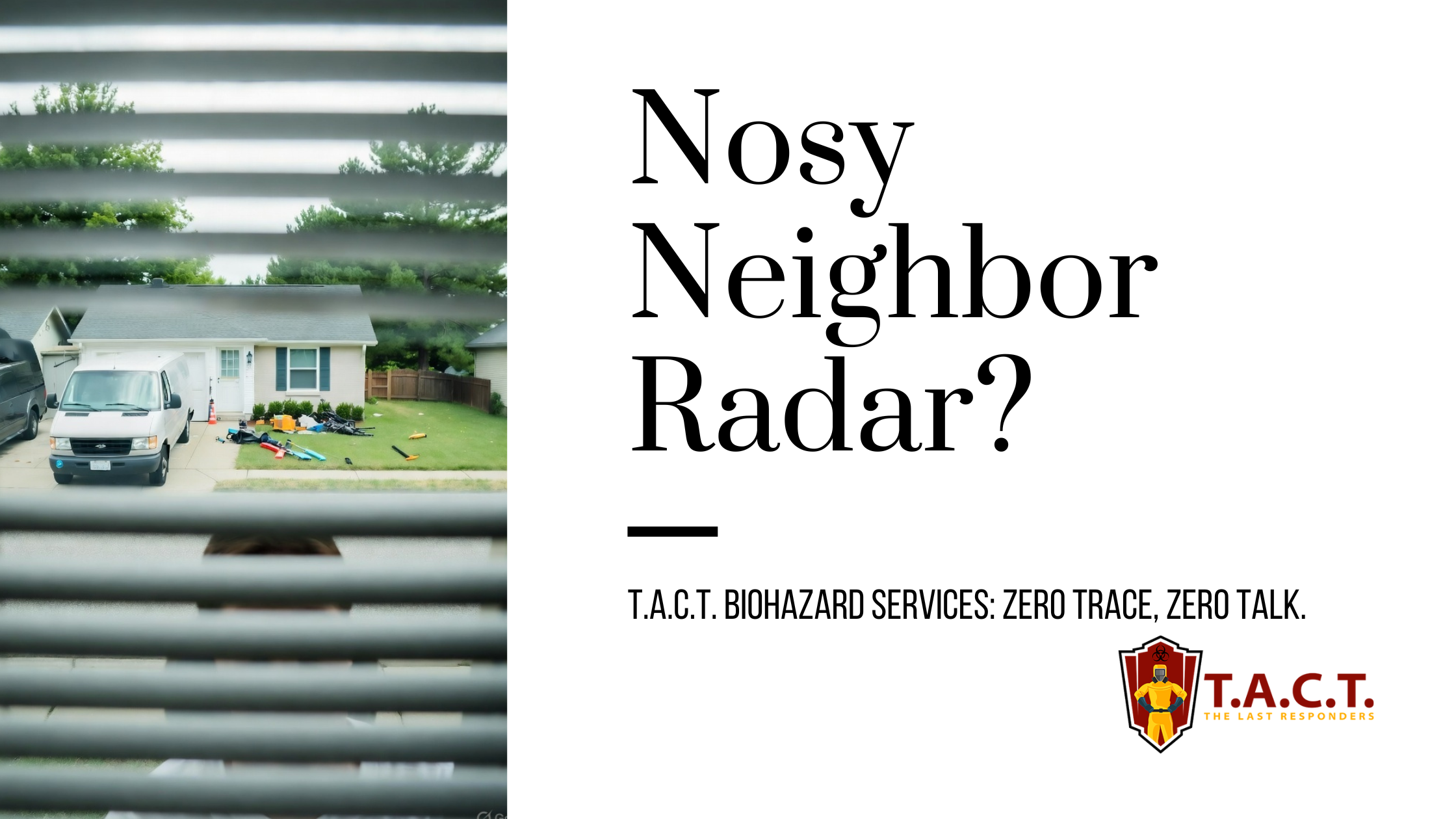
Nosy neighbors peeking? T.A.C.T. North Atlanta offers discreet biohazard remediation for rodent infestations, mold, hoarding, and more. Unmarked vehicles, quiet experts, full privacy—24/7 service at 470-781-4775.
Read More